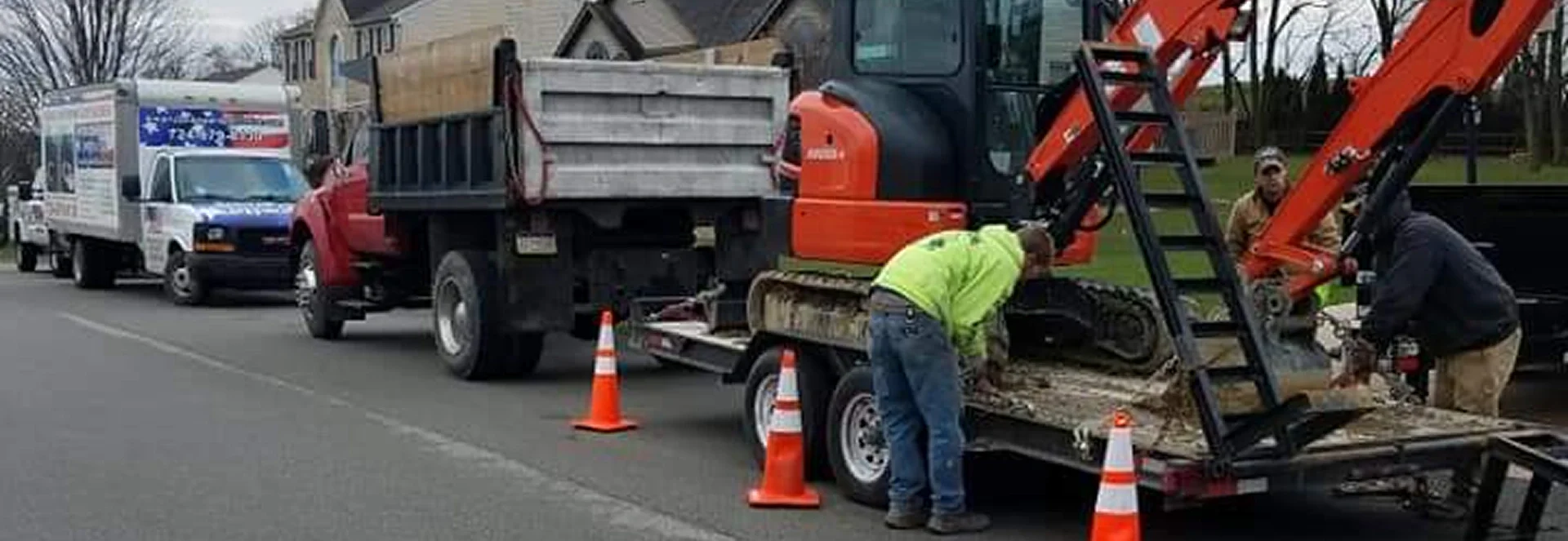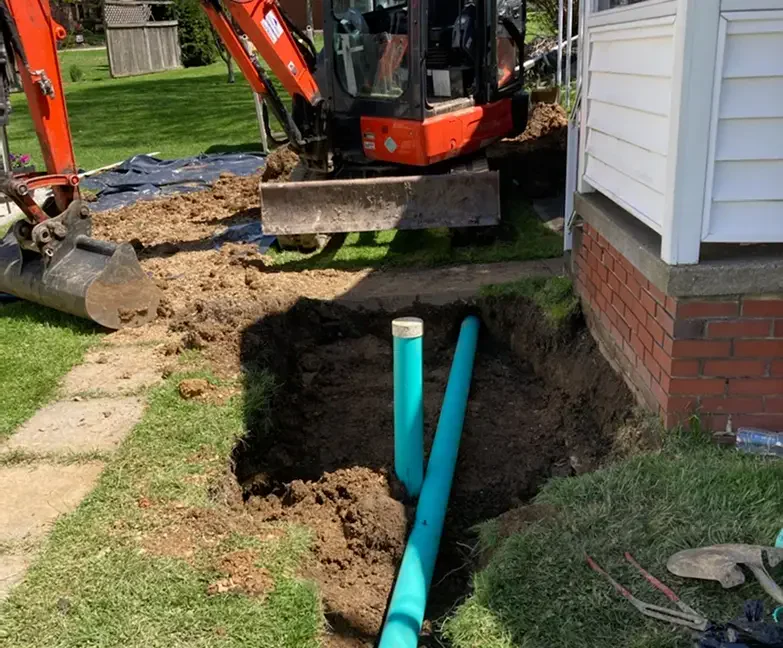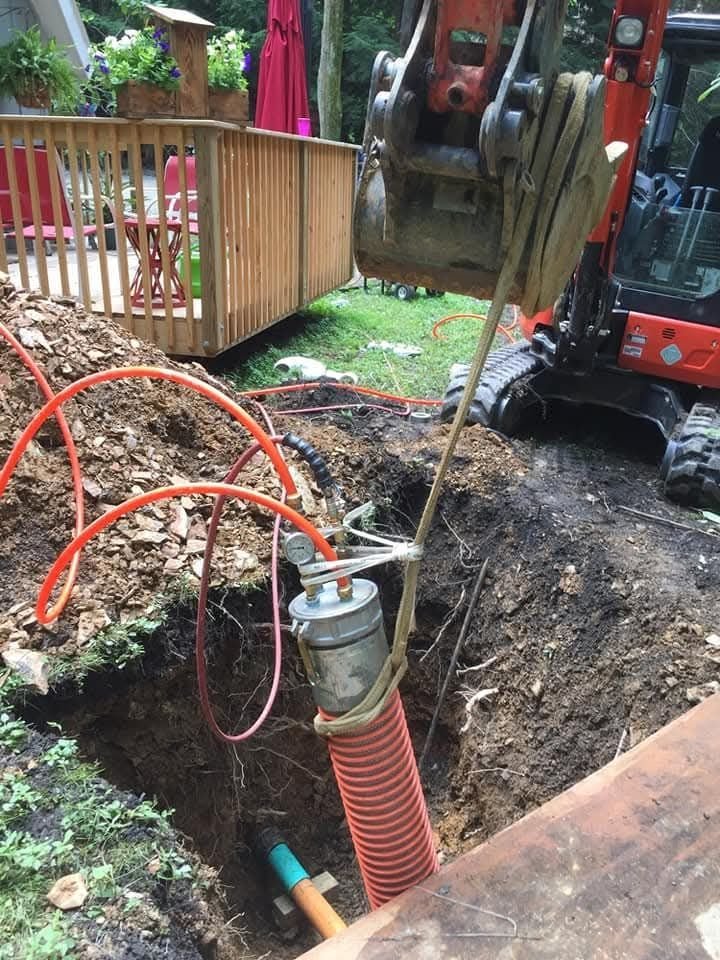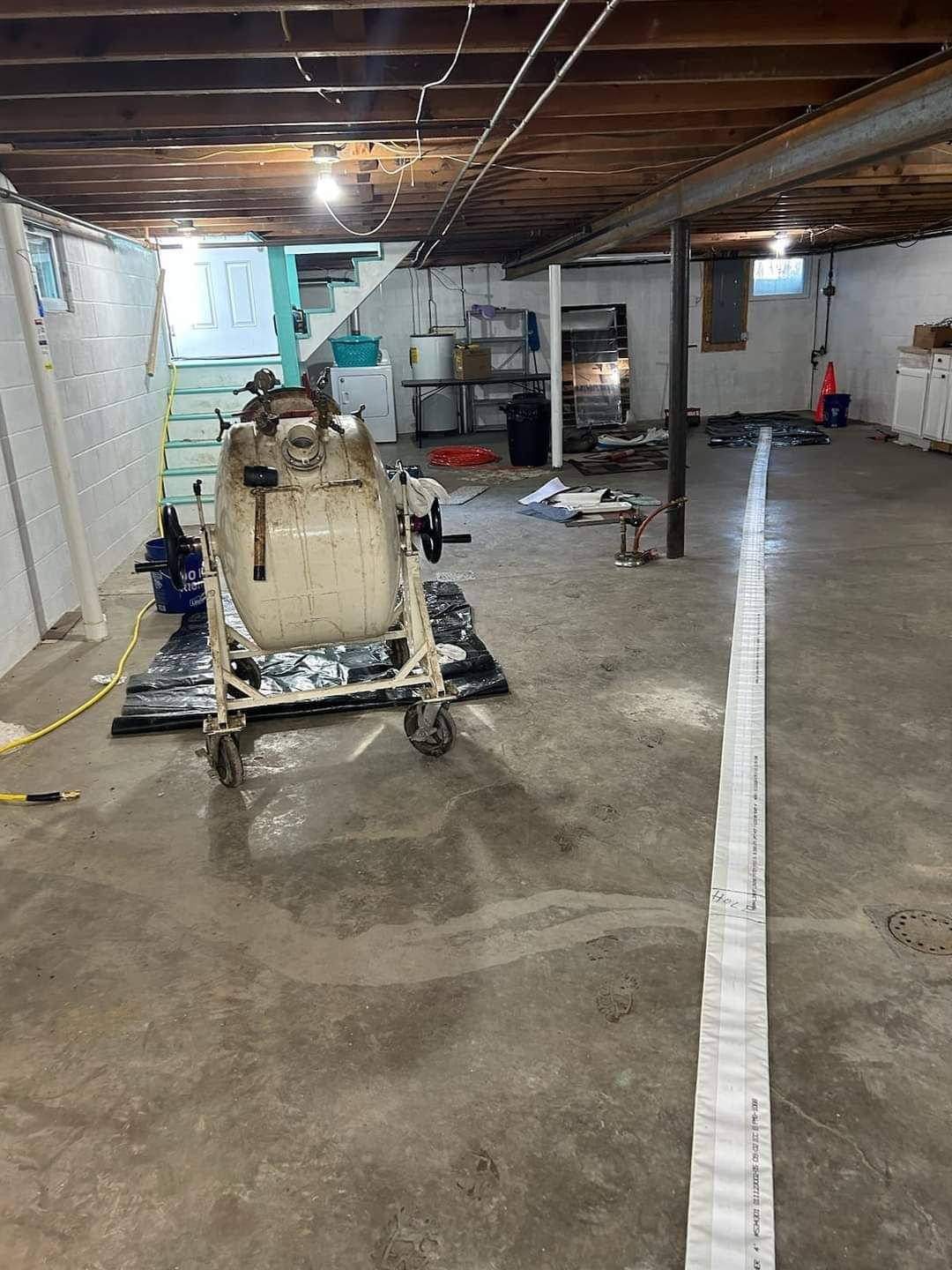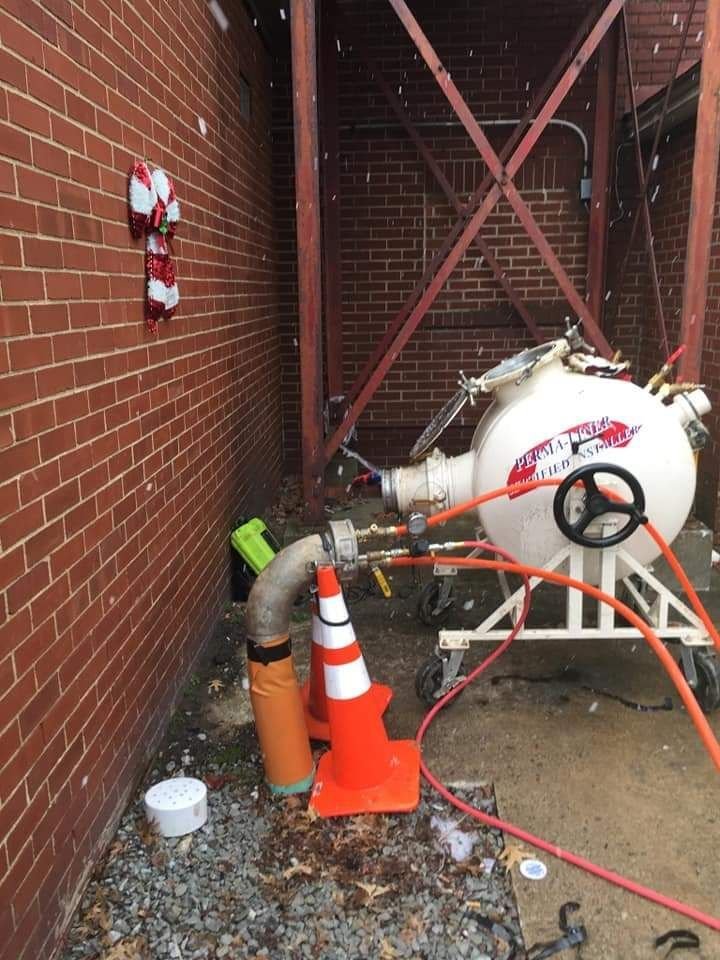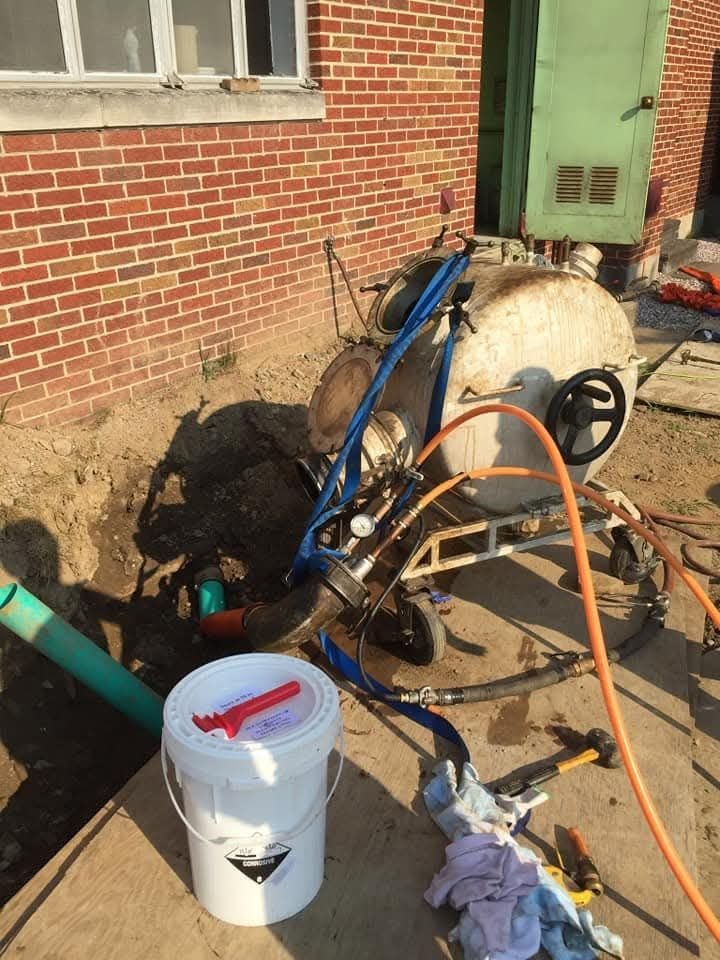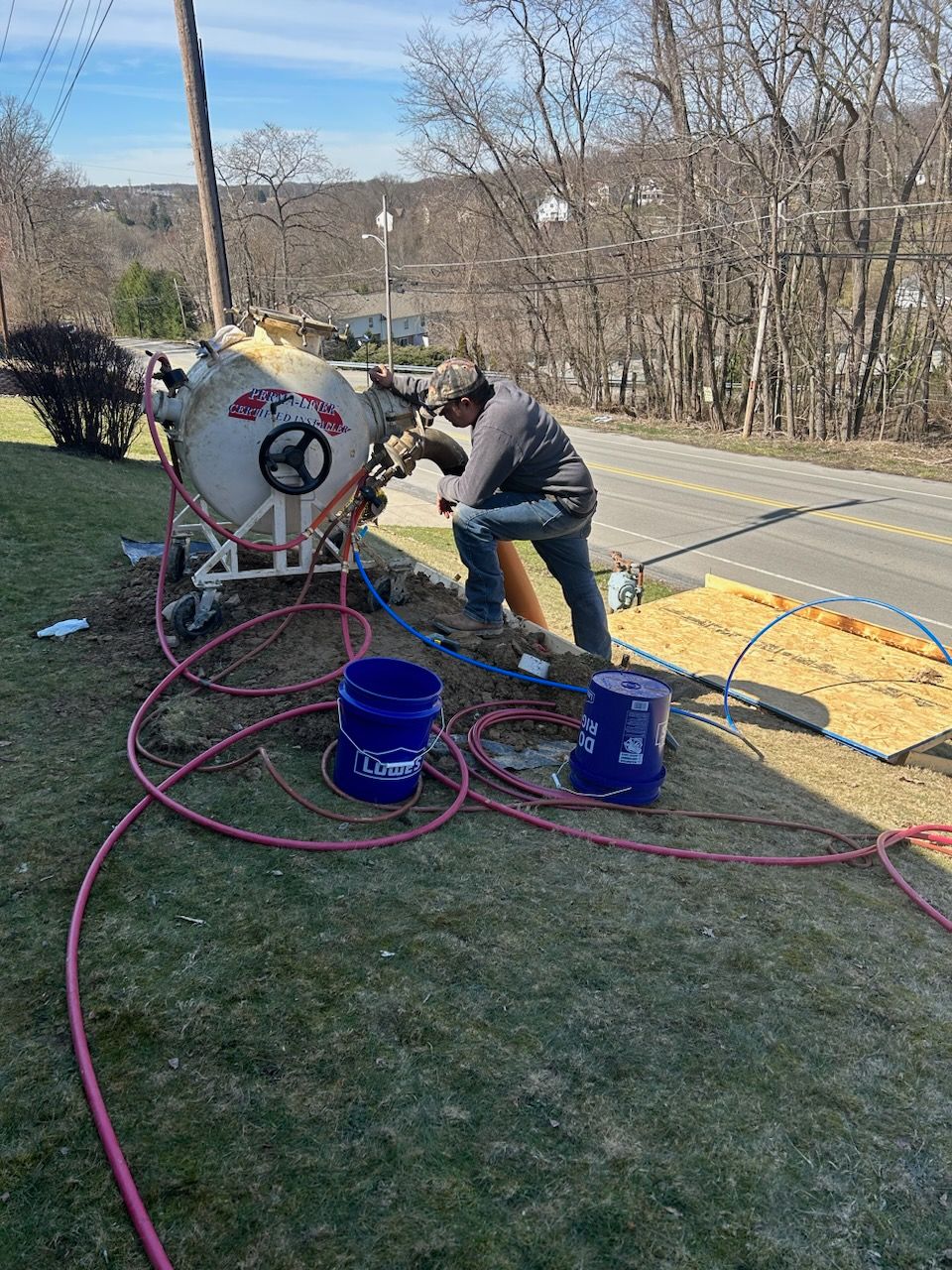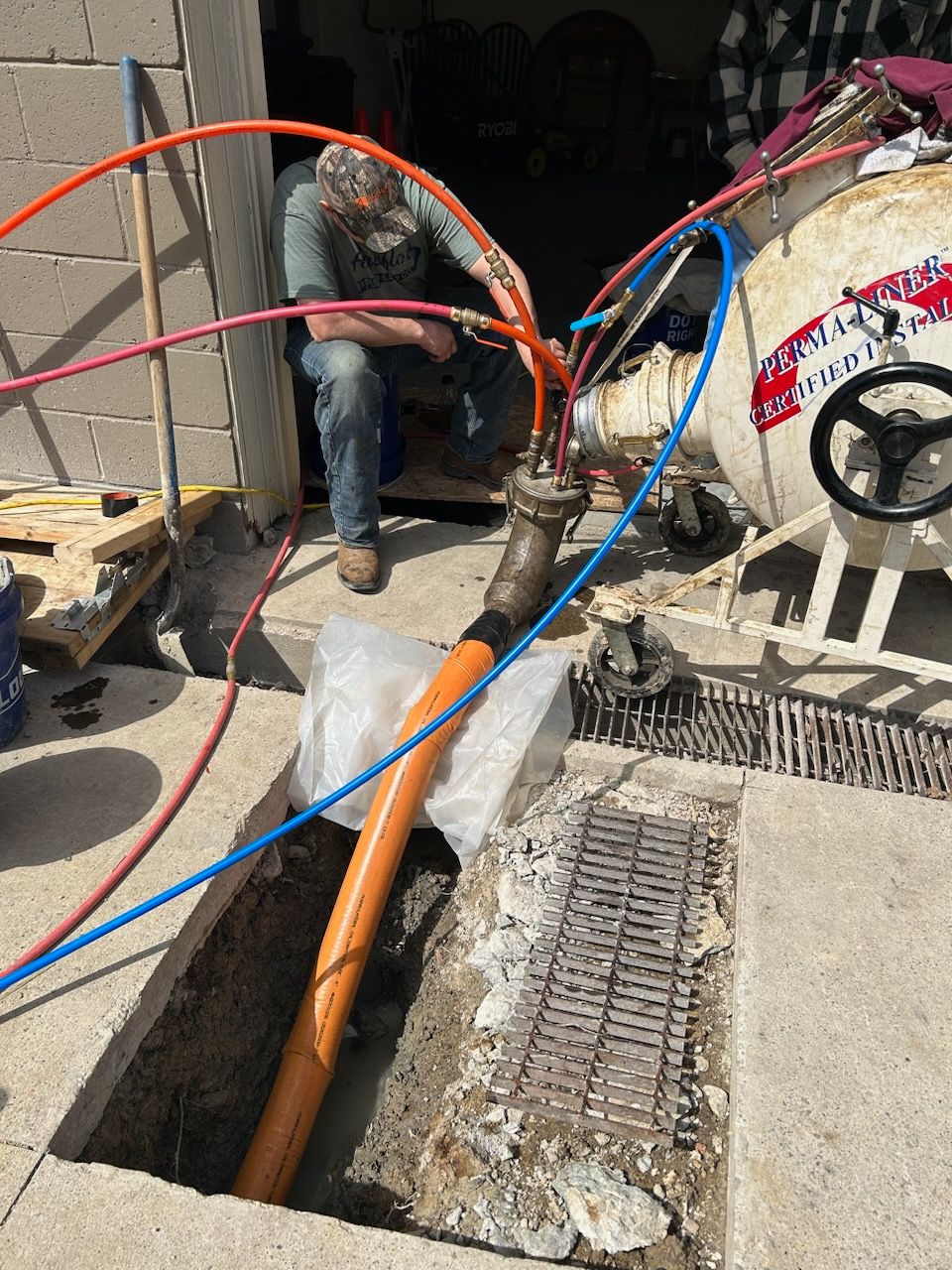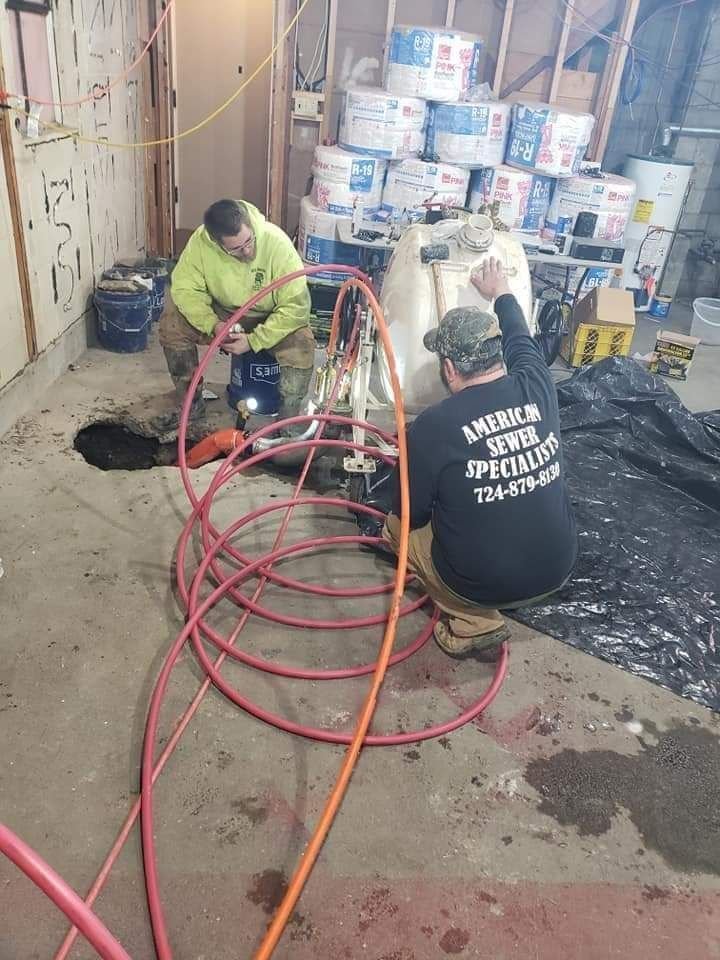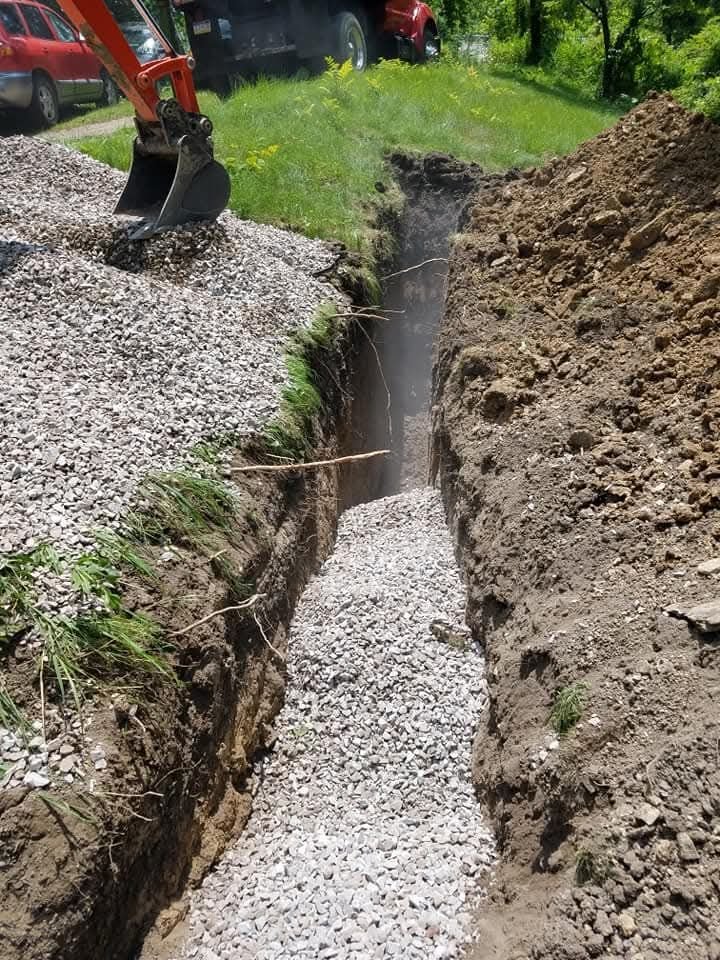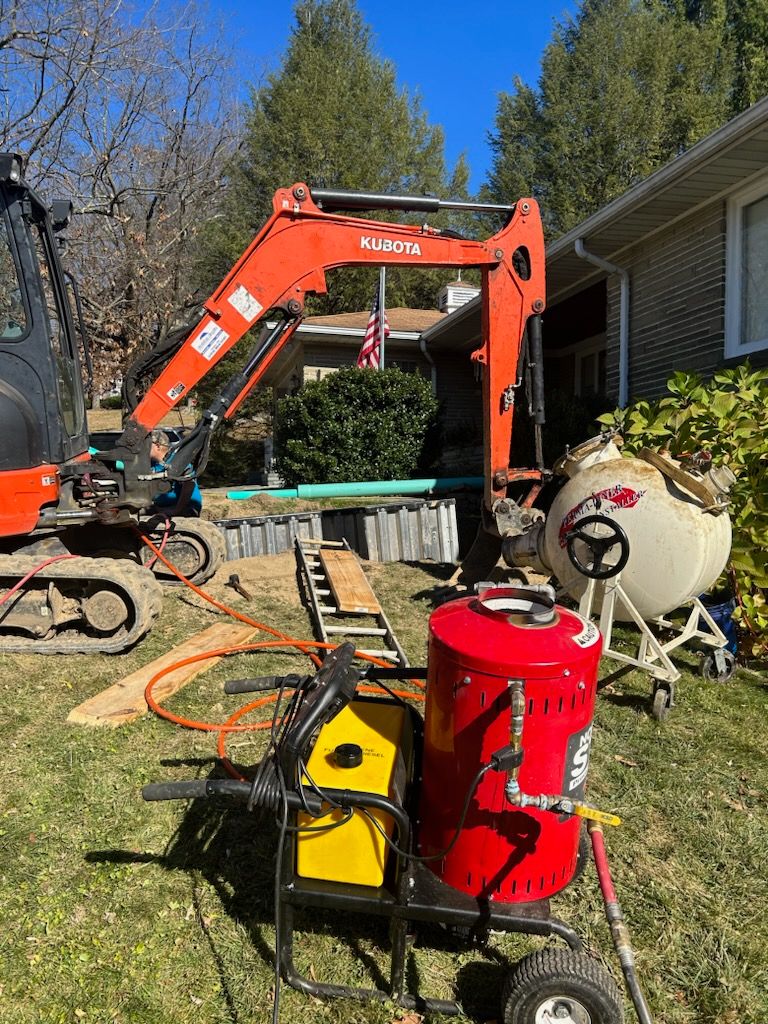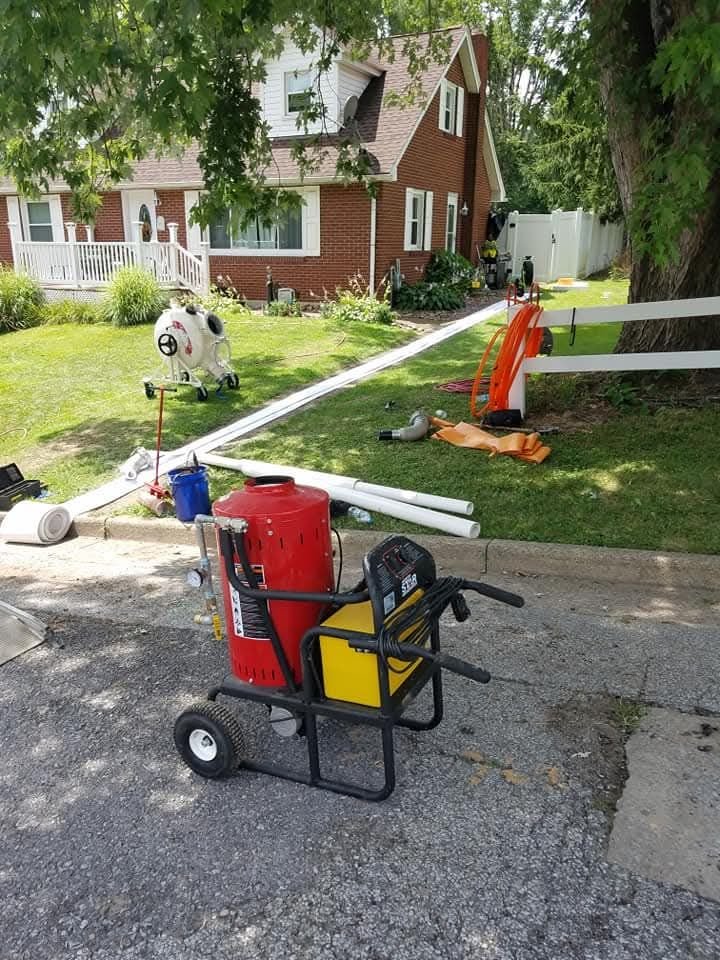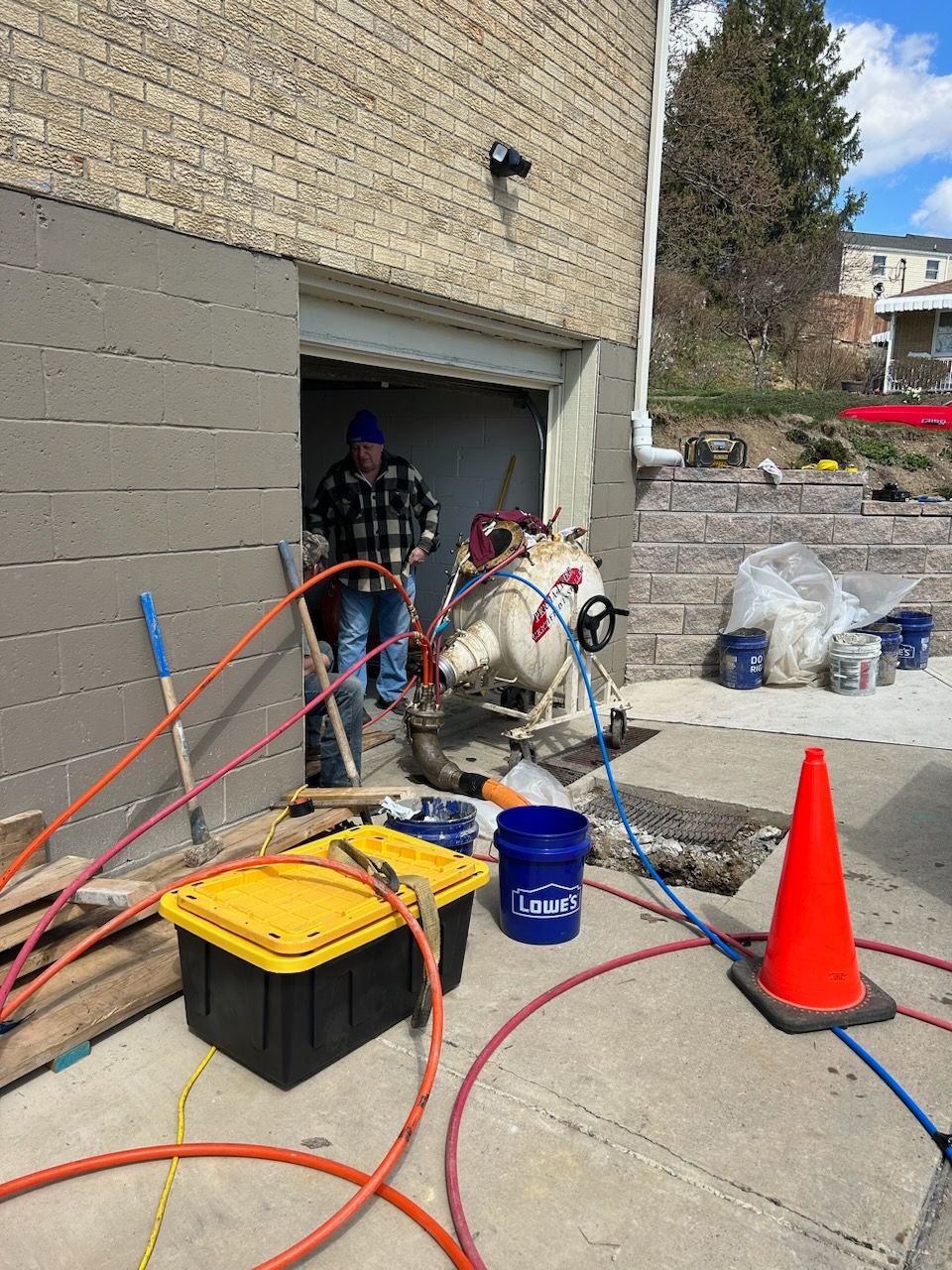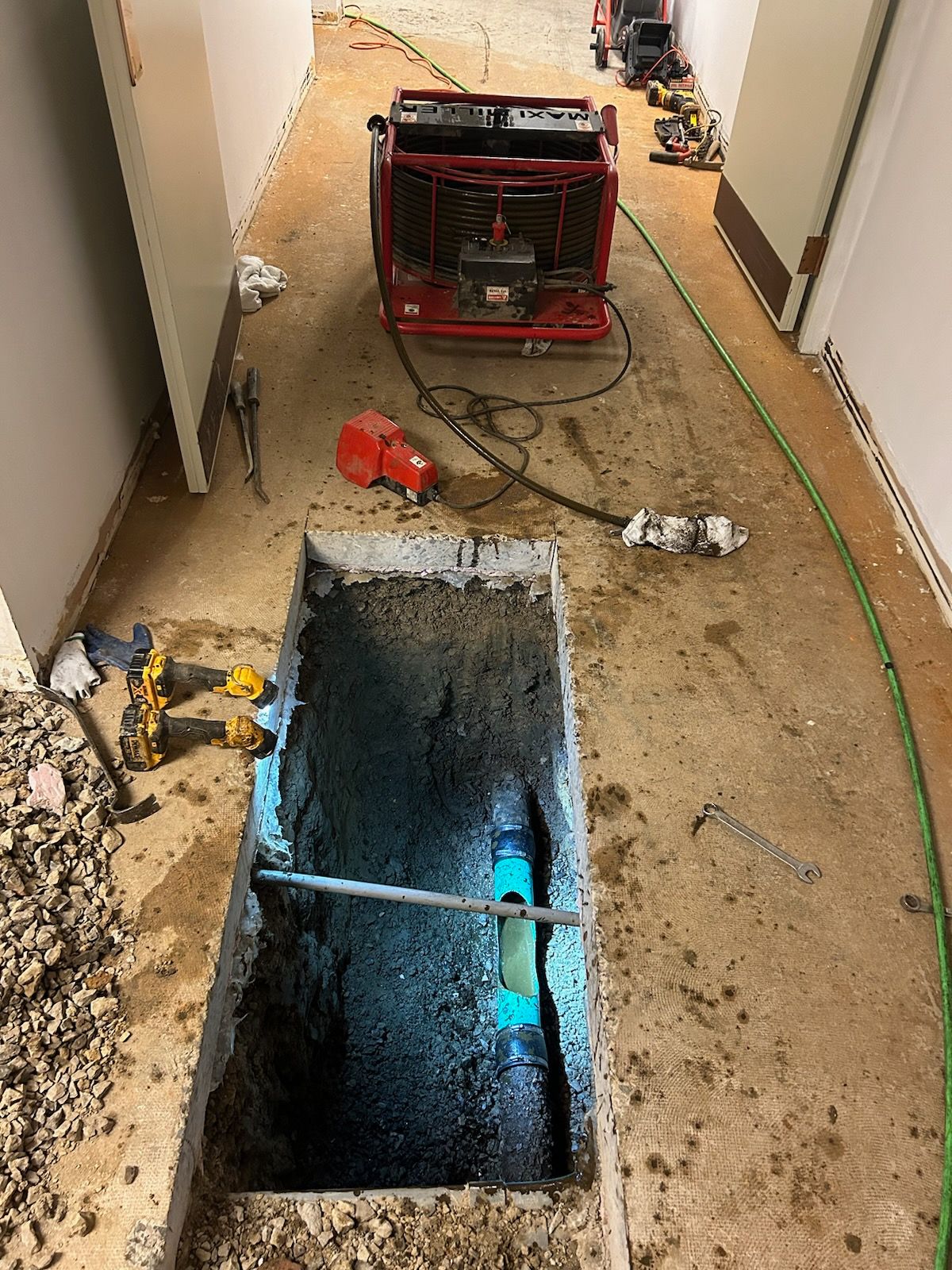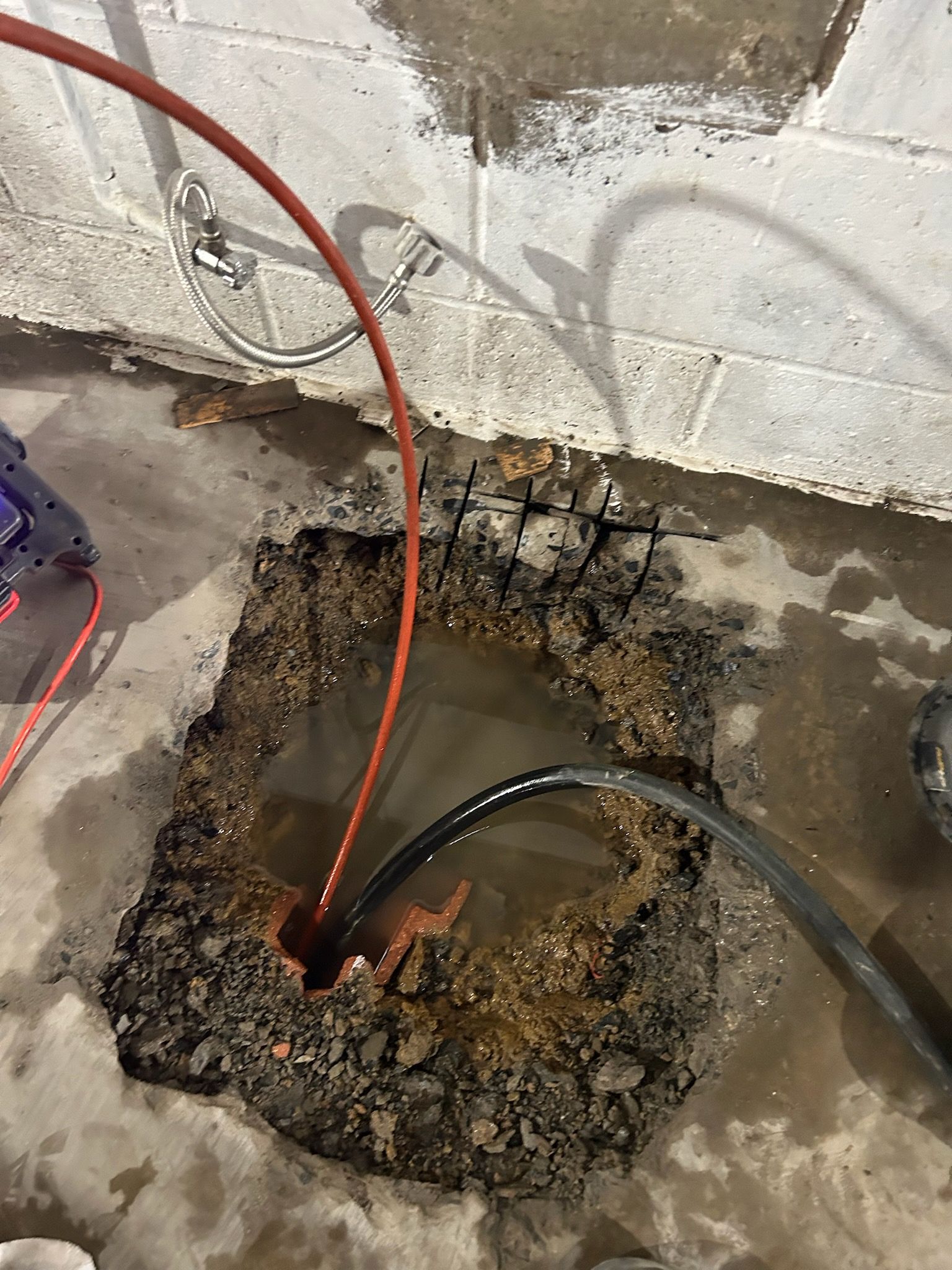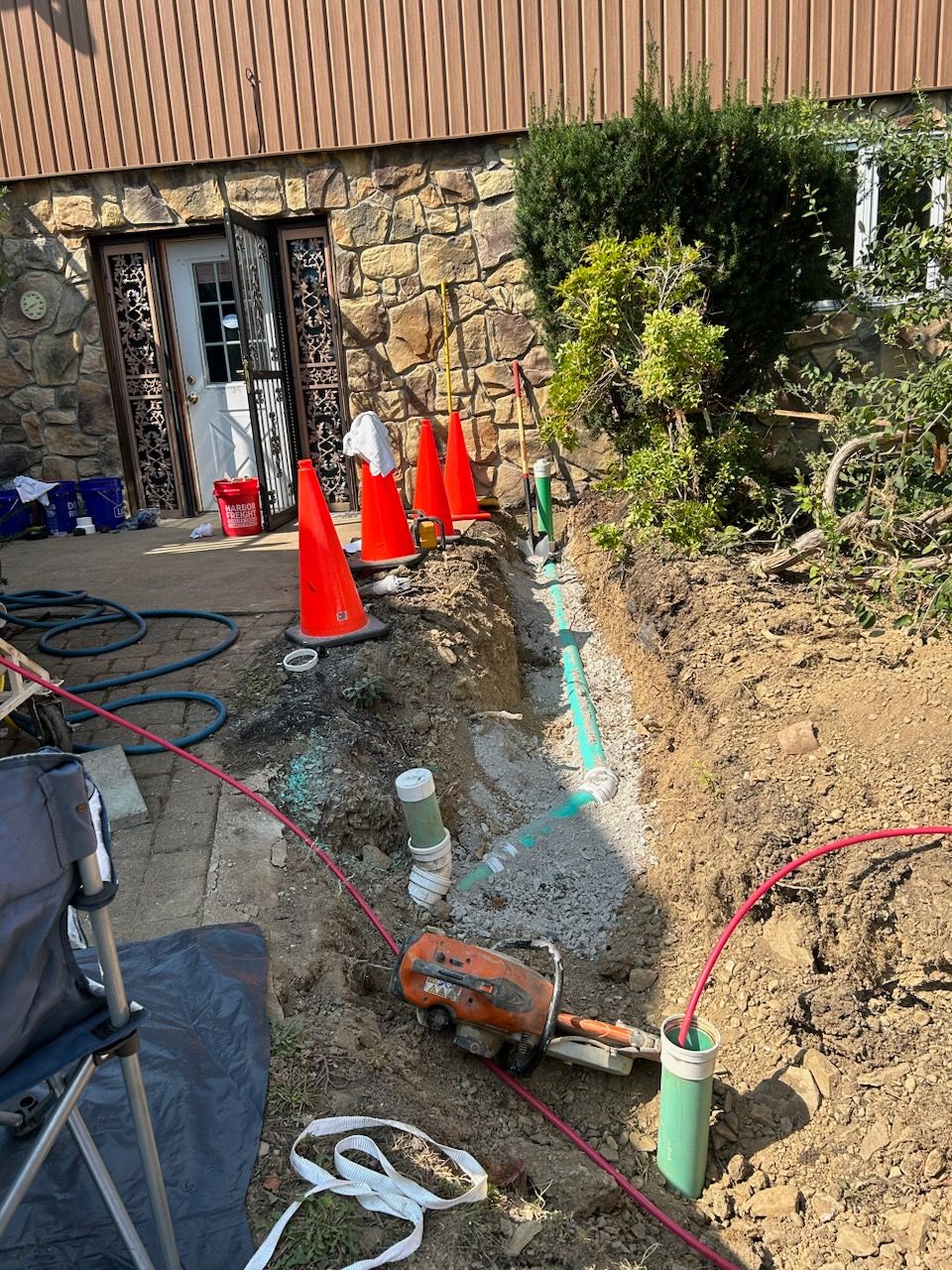As a homeowner, repairing the sewer lines is the last thing you want to do. The cost can be potentially high. Besides, you’ll have to deal with the sewage backup (and even resulting damage to your property). Further, poor drainage in your sewer leads to a bad odor. No one wants to experience this situation. Therefore, you’ll want to repair your septic tank and sewer lines before major problems occur.
In the past, there was only one way to deal with a cracked sewer pipe. You’d dig down, remove the damaged piping and install a new one. But thanks to technology, there’s an advanced method that’ll save time and effort.
Sewer lining is the technique. People have been using this technology for 40 years. Here’s everything you need to know about it.
What is A Sewer Liner?
It’s a fiberglass and epoxy resin tube that you place into the cracked sewer pipe. It eliminates the need to dig up the damaged pipe for repairs. With a liner, you’ll only need to access one side or point to perform the task.
After expanding the liner, a professional can cure it with the help of steam. If done correctly, it’s resistant to damage and can last for decades. Even better, it’s capable of stopping tree roots from poking through the sewerage line.
You can use sewer lines to fill missing sections of pipes in several cases. You can do this more quickly than with traditional methods, as you don’t need to remove the surrounding dirt to access the pipes. That’s why trenchless sewer repair is so common nowadays.
How Does the Installation Process Work?
In most cases, you can insert a sewer line into the existing installations. But before this, remove the debris inside the existing pipe. A hydrojet or conventional sewer augur might help with this. Using a hydrojet helps the sewer line to adhere to the greasy sewerage pipe. A team of experts will measure the liner materials and build it to length, depending on the task ahead.
Remember, septic tanks are different in terms of length and shape. Therefore, the experts can measure small sewer liners for repair or a bigger one for your entire septic tank. Statistics place the lifespan of the septic system at 25 years. But that doesn’t mean it’ll be error-free for these years. This is dependent on the system design and your maintenance services.
If an issue arises, the experts will use epoxy resin and premium fiberglass to build the sewer liner. They’ll hydrojet the existing sewer line before placing the sewer liner in position and preparing it for a steam cure.
After curing, your new pipe is ready for use immediately. The plumber will do a camera inspection to ensure the installation exercise was a success.
When Is The Ideal Time to Use Sewer Pipe Lining?
A sewer pipe liner works best with several piping methods available in the market — for instance, the homes built prior to the 1980s use a clay tile sewer. Yes, clay tile is a perfect candidate for the modern sewer liner. But it’s past its prime, then a new installation is inevitable. Other options include tar paper or Orangeburg. This pipe doesn’t augur well with sewer lines, which means it’ll prevent the lining from being a viable option.
You can also line plastic pipes with ease. If some parts are missing, do a hydrojet and let the sewer lining do its trick.
Sewer Pipe Lining is Extremely Durable
There are several misconceptions relating to trenchless sewer pipe repairs. But the truth is, the resulting pipes are durable and capable of surviving harsh conditions. You’ll be able to take advantage of your sewer pipe lining for a long time.
Hire a Sewer Line Repair Company
Of course, time can take a toll on plumbing. If your sewer line bursts, hire a competent firm for the task. They’ll be sure to have a track record that you can rely on.
Categories
Related Posts
